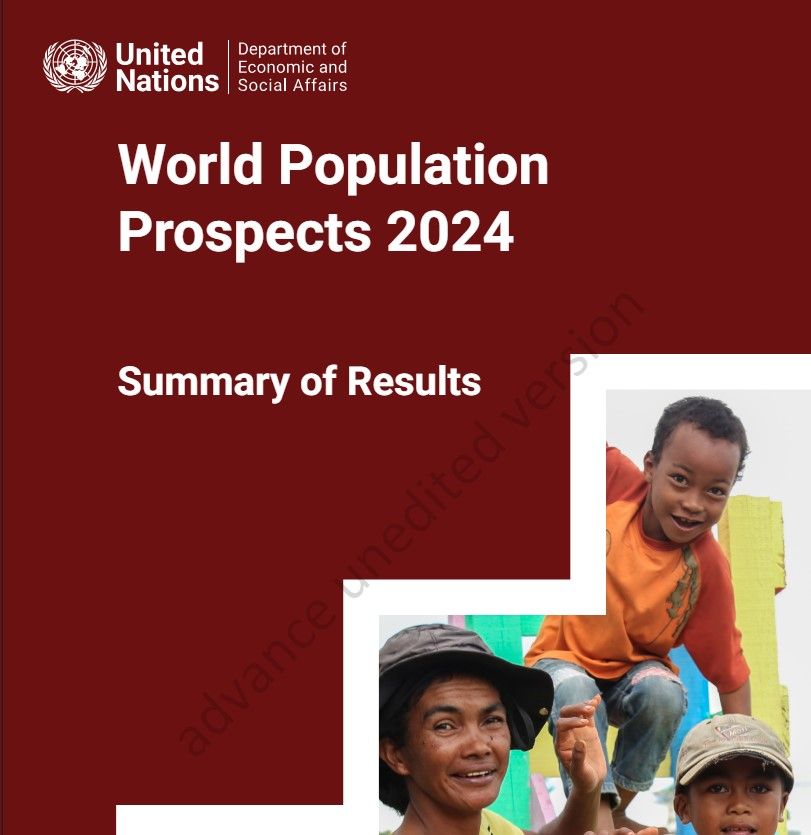Global population trends: Shift towards peak and decline

The world’s population is projected to grow by more than 2 billion people in the coming decades, reaching a peak around the 2080s at approximately 10.3 billion, marking a significant departure from previous projections, Azernews reports citing a new report from the United Nations cited by AP.
John Wilmoth, head of the U.N. Population Division, highlighted that there is an 80% probability that the global population will peak within this century, a notable increase from earlier estimates. This shift reflects declining fertility rates in major countries, particularly in China, where the population is expected to decline sharply from 1.4 billion in 2024 to 633 million by 2100.
The report, released on World Population Day, underscores that global fertility rates have decreased, with women on average having one fewer child than in 1990. Over half of all countries now have fertility rates below the replacement level of 2.1 children per woman, signaling a potential decline in population absent significant migration.
Navid Hanif, U.N. Assistant Secretary-General for Economic Development, emphasized that the anticipated lower global population in 2100 compared to previous projections has profound policy implications for sustainability.
Already, population has peaked in 63 countries including China, Germany, Japan, and Russia, with a projected 14% decline over the next 30 years. Another 48 countries, including Brazil, Iran, Turkey, and Vietnam, are expected to reach peak population between 2025 and 2054.
Looking ahead, the report predicts diverse demographic trajectories among countries, with some experiencing rapid population growth while others face decline. Wilmoth highlighted that these differences are rooted in varying stages of demographic transition towards longer life expectancy and smaller family sizes.
Key findings from the report also note that global life expectancy is rebounding post-COVID-19, with older populations projected to outnumber children by 2080. Migration is anticipated to be a primary driver of population growth in certain countries, while gender equality and women’s empowerment are seen as critical in managing population dynamics.
The world’s population has surged from 2.6 billion in 1950 to 8 billion in 2022, with future growth patterns poised to reshape global demographics profoundly. As countries prepare for these shifts, the report calls for innovative policies to address economic, social, and environmental challenges associated with rapid population changes.
Kathleen Mogelgaard, president of the Population Institute, highlighted the growing demographic disparities worldwide, emphasizing the need for concerted global efforts to address poverty, hunger, and ensure sustainable development.
Looking forward to 2100, projections indicate that India will remain the world’s most populous country, followed by China, Pakistan, Nigeria, and Congo, reflecting ongoing demographic shifts reshaping the global landscape.
Wilmoth concluded by emphasizing that while population dynamics are crucial, future outcomes will be shaped significantly by societal choices and behaviors, underscoring the importance of informed policymaking and international cooperation in navigating demographic transitions.
---
Follow us on Twitter @AzerNewsAz
Here we are to serve you with news right now. It does not cost much, but worth your attention.
Choose to support open, independent, quality journalism and subscribe on a monthly basis.
By subscribing to our online newspaper, you can have full digital access to all news, analysis, and much more.
You can also follow AzerNEWS on Twitter @AzerNewsAz or Facebook @AzerNewsNewspaper
Thank you!

